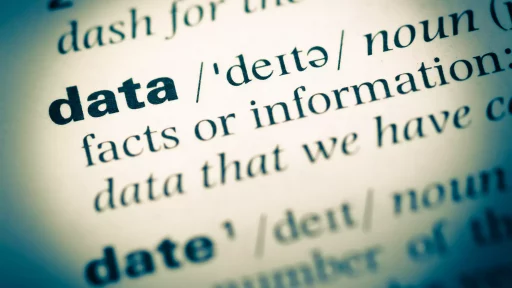What is Censorship?
Censorship refers to the suppression or prohibition of speech, public communication, or other information that may be considered objectionable, harmful, sensitive, or inconvenient by authorities or governing bodies. This control can be exercised by governments, organizations, and institutions aiming to maintain social order, protect national security, or uphold moral standards.
Types of Censorship
Censorship can manifest in various forms:
- Political Censorship: Restriction of information critical of the government or politicians.
- Religious Censorship: Filtering out material that conflicts with established religious beliefs.
- Moral Censorship: Regulation of content deemed inappropriate for societal values, often involving sexual content or profanity.
- Corporate Censorship: Companies restricting employee expression to maintain brand image.
- Internet Censorship: Blocking or regulating access to online information and platforms.
Examples of Censorship
Censorship is prevalent in various societies around the world. Several prominent examples illustrate its diverse applications:
- The Great Firewall of China: A sophisticated system of internet censorship that limits access to foreign websites and monitors online activity.
- Book Bans: Many countries have banned books for their controversial themes. For instance, J.D. Salinger’s “The Catcher in the Rye” has faced numerous challenges in schools across the United States.
- Media Restrictions in North Korea: All news and information are tightly controlled by the government, with foreign media being banned outright.
Case Studies
The Pentagon Papers
In 1971, The New York Times published classified documents known as the Pentagon Papers, revealing the United States’ controversial decisions regarding the Vietnam War. When the government sought to prevent further publication under the guise of national security, the case highlighted the tension between government secrecy and the public’s right to know. Ultimately, the Supreme Court ruled in favor of the press, emphasizing the essential role of freedom of the media.
Social Media Censorship
Social media platforms have also faced scrutiny regarding censorship. For example, during the COVID-19 pandemic, platforms like Facebook and Twitter implemented policies to tag or remove misinformation related to the virus. While this was aimed at public safety, it also raised concerns over the potential suppression of legitimate discourse. Research indicates that about 60% of Americans believe social media companies unfairly moderate content based on their political views.
Statistics on Censorship
Understanding censorship through statistics offers insight into its prevalence and impact:
- According to a 2021 report by Freedom House, 73% of countries experienced some form of online censorship.
- In a 2019 survey by the Pew Research Center, 61% of Americans stated that they were concerned about the regulation of speech on social media.
- A 2020 report revealed that more than 330 million people live in countries with severe or high censorship, including China, Iran, and North Korea.
Censorship and the Future
As technology continues to evolve, so does the landscape of censorship. Emerging platforms and content-sharing methods challenge traditional ideas of free speech and regulation. Governments and organizations must strike a delicate balance between protecting citizens and preserving individual freedom. The discourse surrounding censorship will only grow as global connectivity increases, demanding ongoing vigilance and awareness of rights and responsibilities.
Conclusion
Censorship remains a contentious issue with various implications for society. While it can serve as a means of protection, it can also stifle creativity, discourse, and freedom. Understanding its definition, types, and implications is essential in navigating the complexities of information in the modern world.





